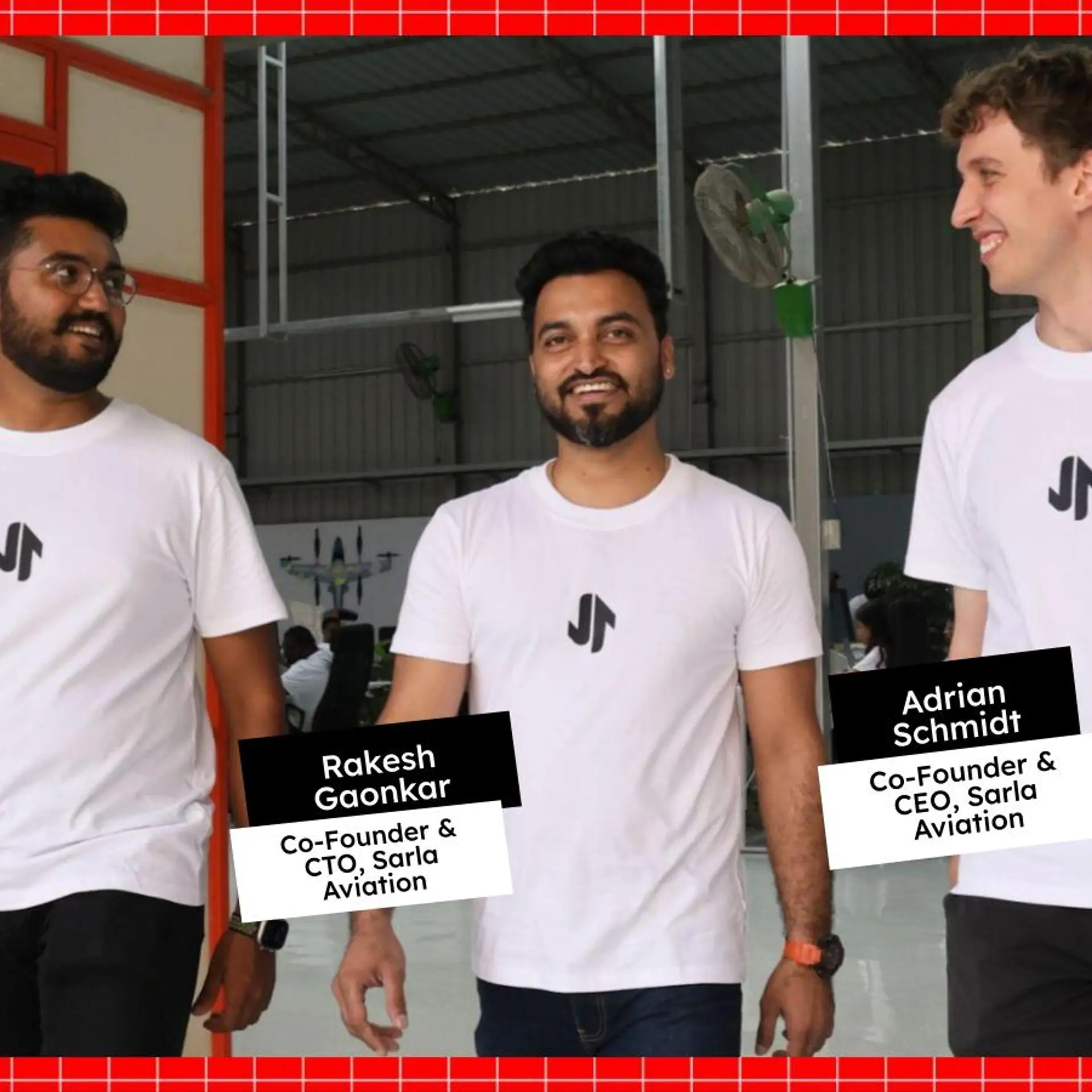Uber launches Uber Lite, made in India for India
San Francisco-based ride-hailing app Uber on Tuesday announced the launch of a newer version of its app - Uber Lite, specifically made and designed for Indian Android users. With a logo that is different from its quintessential black and white, the Uber Lite app sports a blue-and-white colour scheme.

Addressing the press at New Delhi, Manik Gupta, VP and Head of Product, Uber, said that the team, over the past year, has understood the need to build products and features that match the needs and requirements of the Indian market.
Currently, Uber has close to 75 million active riders, and claims to cover over 1.5 million rides in a day. However, over this year, the team has also realised that the close to 70 percent of people outside of the US market are using an older model of a smartphone and slower internet. Manik noted,
Close to 40 percent of these users are using the 2G network and close to 33 percent run out of storage.
What does the Lite app do?
He explained that India was one of the most relevant and important markets for the company and to capture the market it was important that the team innovated and built for the country. Thus Uber Lite came to be.
Explaining how it works, Peter Deng, Head of Rider Product, Uber, said that the app has been redesigned to be light, reliable and simple. “It has a less than 5 MB download size, works on low connectivity and ensures that booking a ride is faster and simpler,” he added.
He said that Uber Lite also has ‘guided pick-up’ option that helps the rider chose the pick-up location with minimum typing. The app also provides common destination choice options, and map-on-demand, which ensures that the app is light and fast. As maps consume more data and network, the on-demand option makes it easier and faster. The app has the option of ‘Share Status’ and ‘Emergency SOS’ calling as well.
The app is currently in its pilot stage and will be available in Delhi, Jaipur and Hyderabad. Payments on the Lite app are accepted on cash mode only, at the moment.
Making for India
In April this year, Uber had announced the launch of its new Uber Driver app. “The year 2017 taught us about one thing - listening,” Bjorn Hubert-Wallander, UX Researcher, Driver Experience, has said over a call from Uber's headquarters in San Francisco. He was part of the design and tech team that worked on the company's drivers’ app.
In India, the Driver app is currently available to select driver partners in Kochi and courier partners in Chennai. It will be rolled out in a phased manner to driver and delivery partners across the country over the coming months.
Uber has come to appreciate the importance of localisation, especially its role in winning the Asia market. However, the Lite app isn’t the first innovation it has made in India. Uber announced the acceptance of cash payments for the India market, and also the opening of call facility for rides in some parts of the country. It also re-entered the auto hailing market.
Having taken charge of the company at a turbulent period, CEO Dara Khosrowshahi wants to leave no stone unturned in understanding the core of Uber - its drivers. Last year, while the company faced flak for its sexist work culture, legal battles, and many other controversies, in India - especially in Delhi and Bengaluru - it had to deal with driver strikes as well.
Since then, Uber claims to be taking steps on the global front to turn the company around and also keep its driver partners happy. It has conceded a defeat of sorts in Southeast Asia, selling its ride-hailing business in the region to Indonesian rival Grab, but the company continues to focus on localisation in its existing markets. In December last year, Uber's India competitor Ola launched Ola Lite, a light version of its ride-hailing app.







